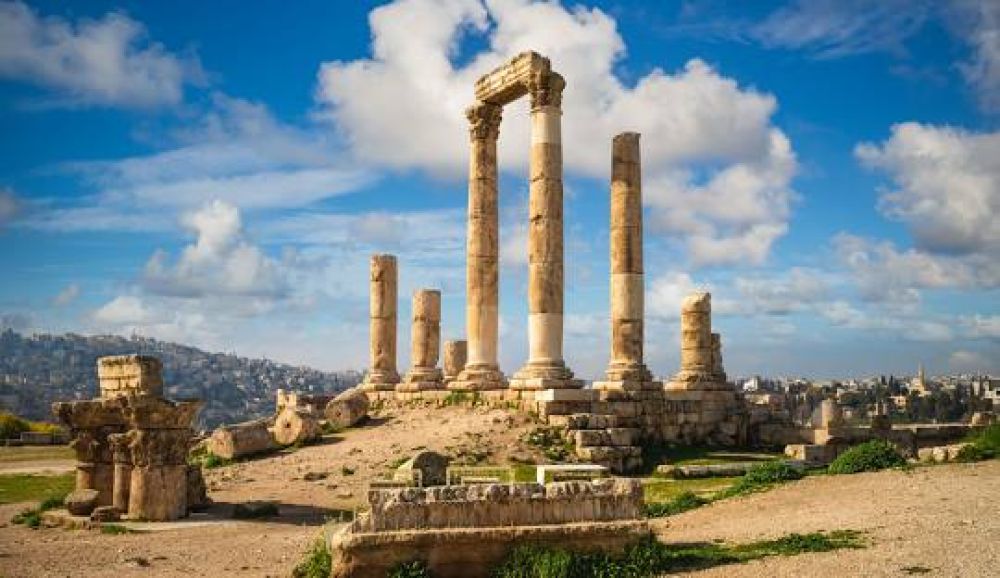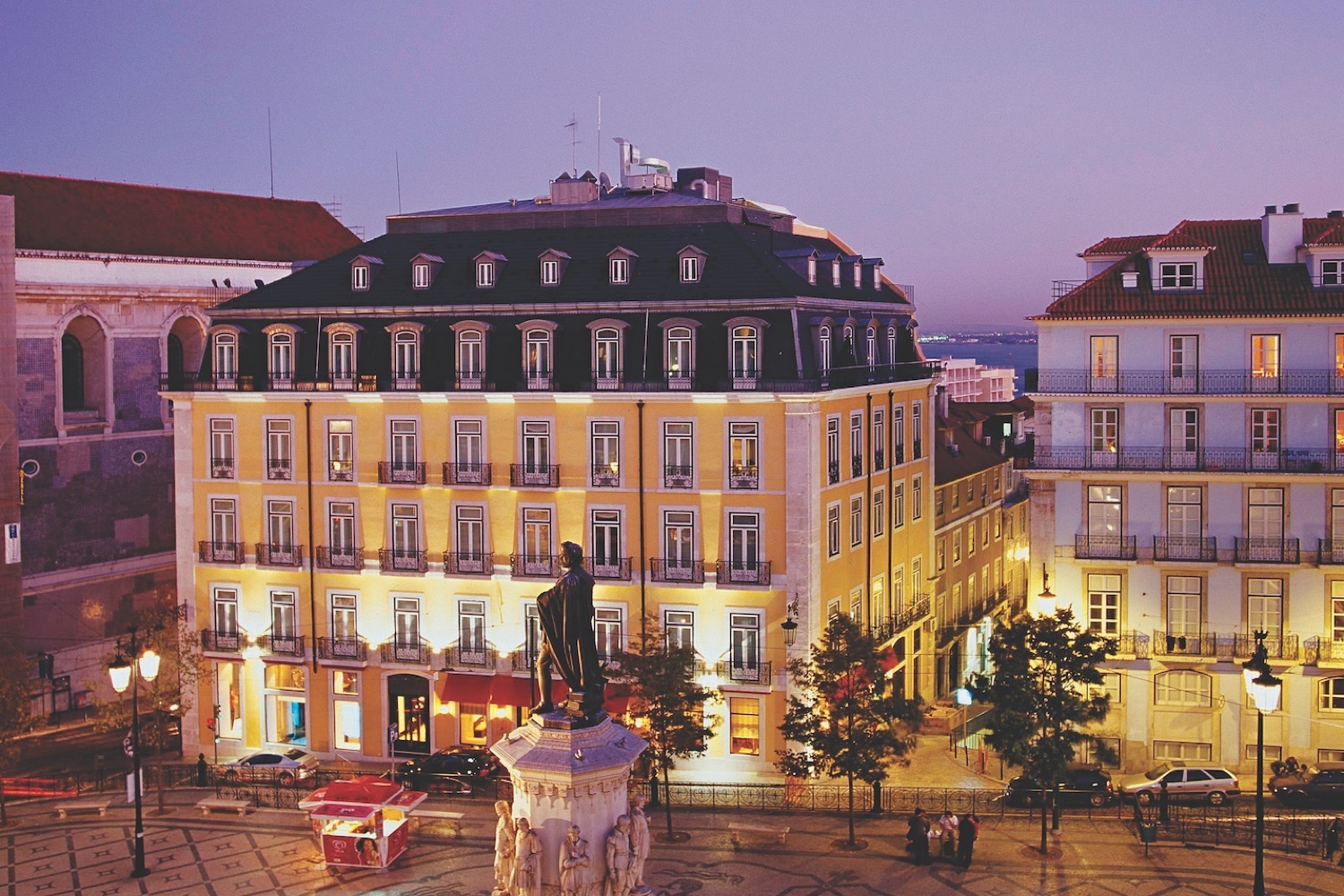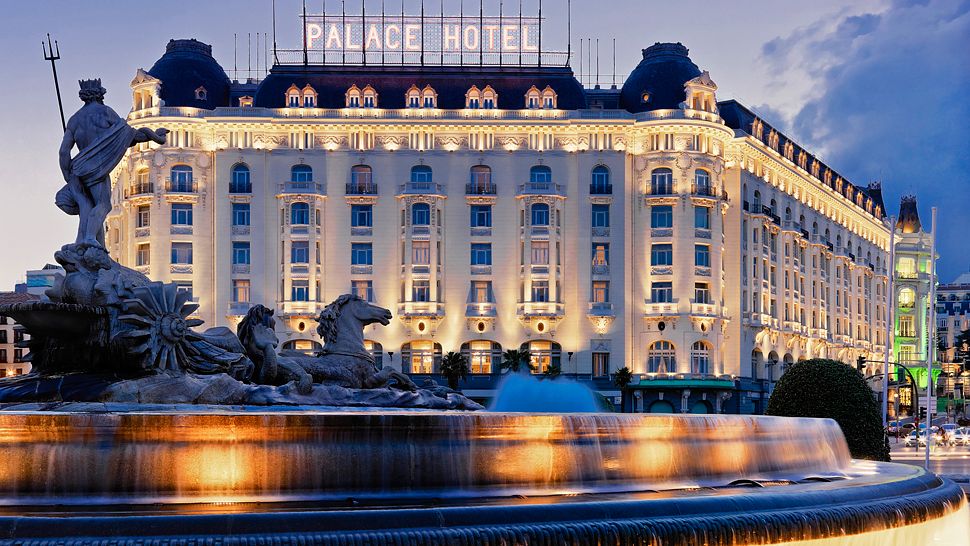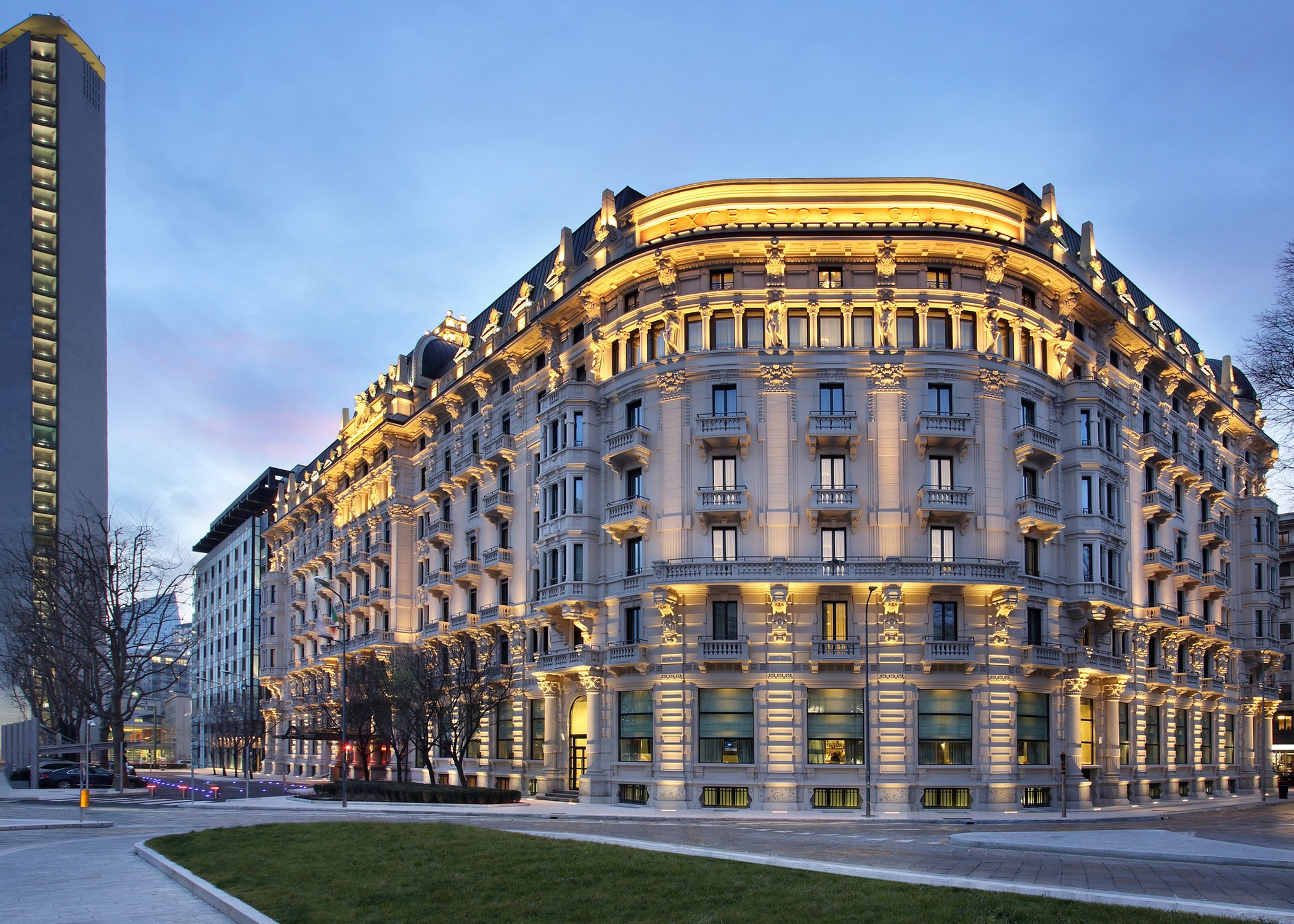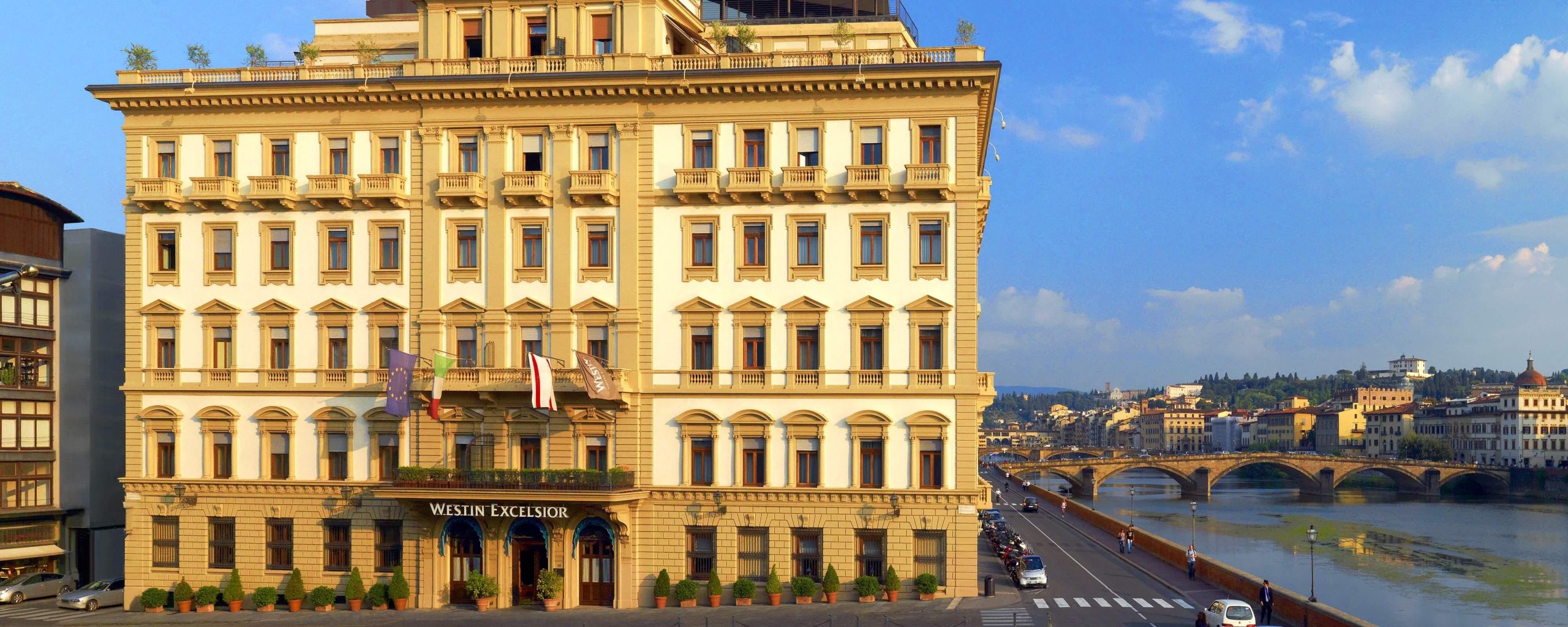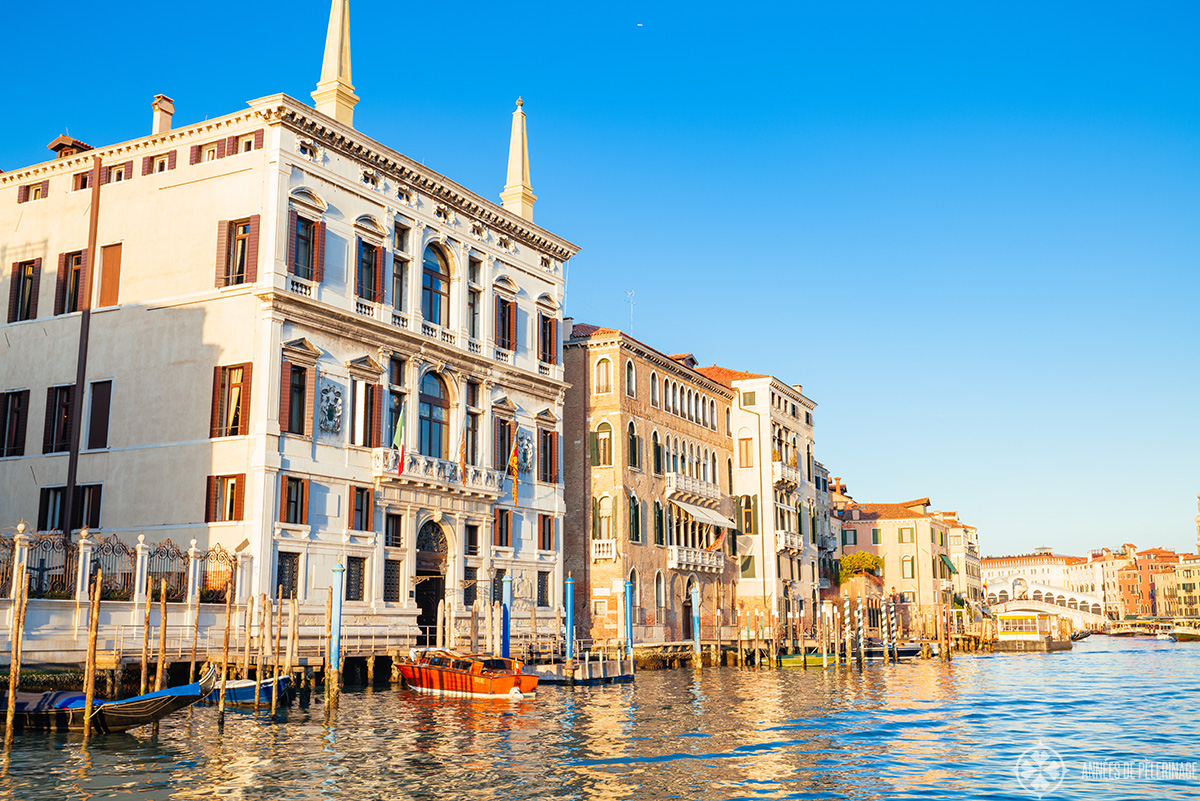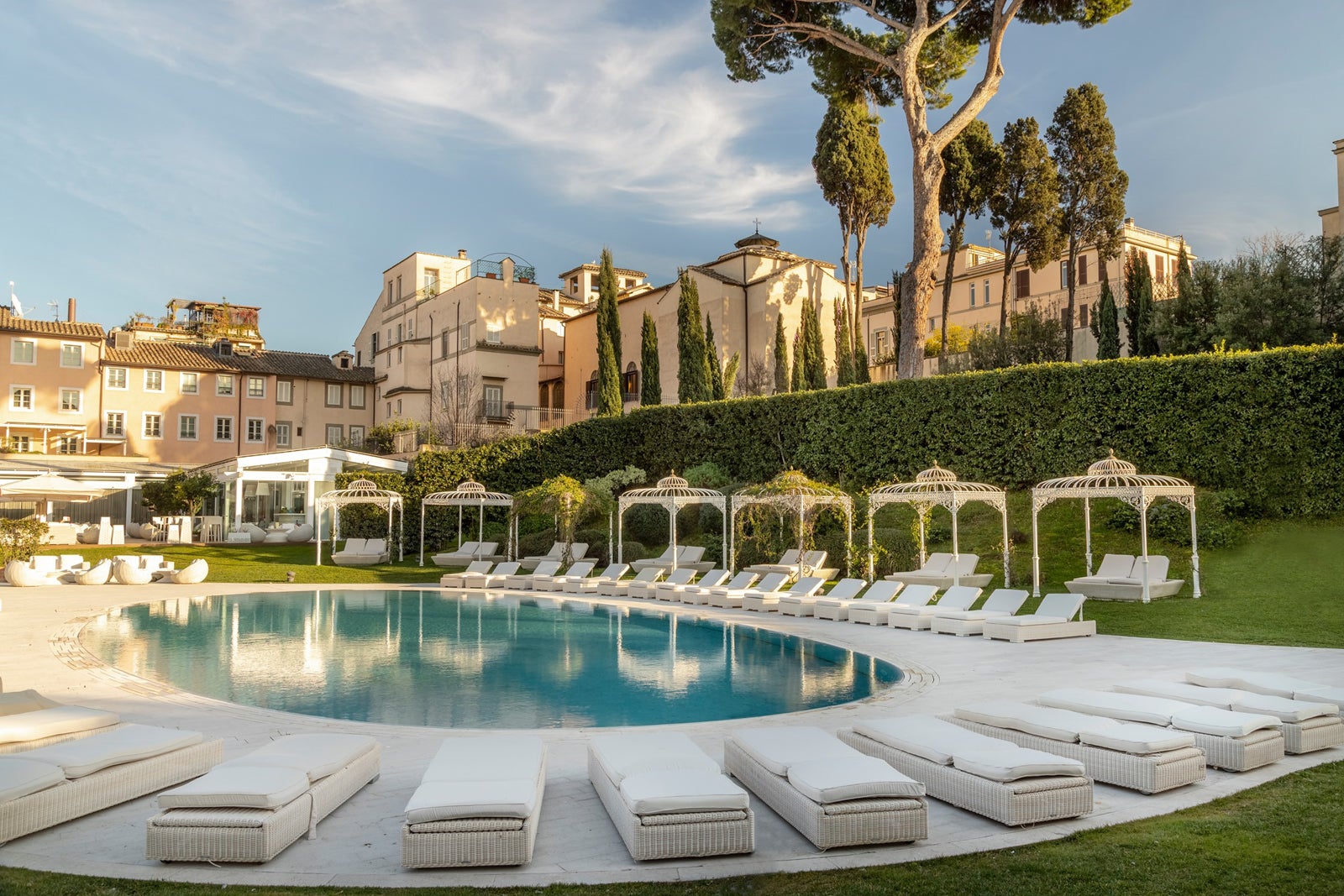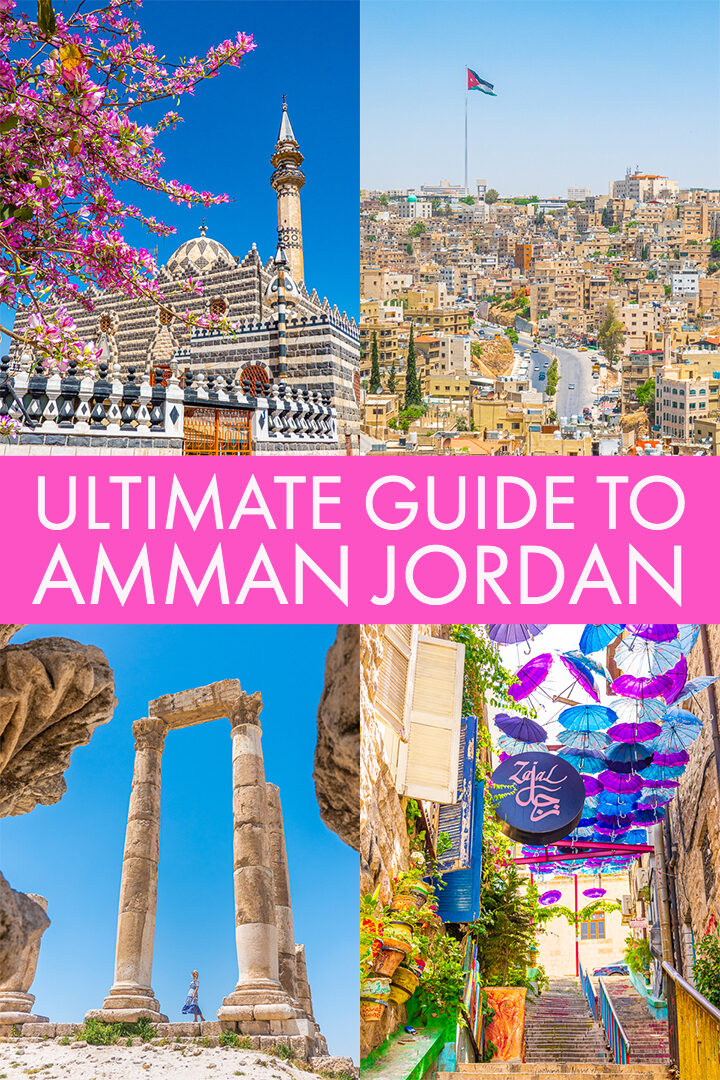
Amman, the vibrant capital of Jordan, is a city that whispers tales of ancient civilizations while pulsating with the energy of a modern metropolis. Perched atop a series of rolling hills, it offers a captivating blend of historical depth, cultural richness, and contemporary charm, making it a must-visit destination for any traveler seeking an authentic Middle Eastern experience. From its Roman amphitheater that echoes with centuries of drama to its bustling souks alive with the scent of spices, Amman is a city that unfolds its secrets with every step.
A Journey Through Time: The Rich History of Amman
Amman’s story is etched in its very landscape, a testament to its strategic importance and enduring appeal across millennia. Its origins can be traced back to the Bronze Age, when it was known as Rabbath Ammon, the capital of the Ammonite kingdom. These early settlers recognized the strategic advantages of the region, its natural springs providing a vital water source and its elevated position offering defense.
Related Articles about Amman: A Timeless Tapestry of History, Culture, and Modernity:
- Riyadh: Where Ancient Sands Meet Modern Marvels – A Guide to its Top Hotels and Beyond
- Madrid: A Grand Tapestry of History, Culture, and Unforgettable Experiences
- Fiji: An Archipelago of Paradise – Unveiling its Best Tourist Attractions
- Copenhagen: A Symphony of History, Charm, and Modernity
- Riyadh: A City of Contrasts, Where Tradition Meets Tomorrow
The city’s prominence grew significantly during the Hellenistic period, when it was renamed Philadelphia by Ptolemy II Philadelphus, ruler of the Ptolemaic Kingdom of Egypt. Under Roman rule, Philadelphia flourished, becoming a significant member of the Decapolis, a league of ten Roman cities in the eastern Mediterranean. The Romans left an indelible mark, most notably with the construction of the magnificent Roman Theater, a testament to their architectural prowess and enduring influence.
Amman’s history continued to evolve through the Byzantine era, where it became a bishopric, and then under Islamic rule, it retained its importance as a regional center. The Mamluks and Ottomans also left their architectural and cultural imprints, contributing to the city’s layered heritage. However, it was in the early 20th century that Amman truly began its modern transformation. Following the fall of the Ottoman Empire, Amman became the capital of the newly established Emirate of Transjordan in 1921, and later, the Hashemite Kingdom of Jordan. This period saw rapid growth and modernization, with the city expanding outwards from its historic core, attracting a diverse population and becoming a hub of commerce and culture.
Today, Amman stands as a living museum, where ancient ruins coexist harmoniously with modern skyscrapers, and the echoes of history are intertwined with the rhythm of contemporary life.
Unveiling the Treasures: Main Attractions in Amman
Amman offers a wealth of attractions that cater to every interest, from history buffs and art enthusiasts to those seeking a taste of local life.
-
The Citadel (Jabal al-Qal’a): Dominating the city’s skyline, the Citadel is an archaeological site that encapsulates Amman’s long and varied history. Here, you can wander through the remnants of Roman temples, Byzantine churches, and Umayyad palaces. The most iconic structure is the Temple of Hercules, with its colossal, weathered columns standing as a poignant reminder of its former grandeur. The Umayyad Palace complex, with its grand courtyard and reception halls, offers a glimpse into the opulent lifestyle of the Umayyad caliphs. From the Citadel’s vantage point, you are rewarded with breathtaking panoramic views of Amman, stretching out in a sea of white limestone buildings.
-
The Roman Theater: A true marvel of Roman engineering, the beautifully preserved Roman Theater is a testament to the city’s Hellenistic and Roman past. Carved into the side of a hill, this impressive amphitheater could once seat thousands of spectators. Imagine the gladiatorial contests and dramatic performances that once filled this space. Today, it still occasionally hosts concerts and cultural events, offering a unique experience of stepping back in time. Adjacent to the theater are the Odeon (a smaller theater) and the Nymphaeum, a public fountain.
-
Downtown Amman (Al-Balad): The vibrant heart of old Amman, Downtown is a sensory delight. Lose yourself in the labyrinthine streets of the souks, where the air is thick with the aroma of exotic spices, fragrant teas, and freshly baked bread. Here, you can haggle for intricate handicrafts, traditional clothing, silver jewelry, and delicious local sweets. Don’t miss the King Abdullah I Mosque, with its striking blue dome, a prominent landmark in the downtown area.
-
The Jordan Museum: For a deeper understanding of Jordan’s rich heritage, the Jordan Museum is an essential stop. This modern museum houses an impressive collection of artifacts, showcasing the country’s history from prehistoric times to the present day. Highlights include ancient manuscripts, archaeological finds, and exhibits on the Nabataean civilization and the Dead Sea Scrolls.
-
Rainbow Street (Wadi Shabeel): A popular hub for locals and tourists alike, Rainbow Street is a charming and lively area known for its trendy cafes, independent boutiques, art galleries, and restaurants. It’s the perfect place to relax, people-watch, and soak in the modern Amman vibe. The street also offers great views of the city, especially at sunset.
-
The Royal Automobile Museum: A fascinating destination for car enthusiasts, this museum showcases a remarkable collection of vintage cars and motorcycles that belonged to the late King Hussein and other members of the Royal Family. It offers a unique insight into automotive history and the personal collections of Jordanian royalty.
-
King Hussein Mosque: While the King Abdullah I Mosque is in downtown, the King Hussein Mosque, located in the Abdali area, is another significant religious landmark. It’s a grand and modern mosque, showcasing contemporary Islamic architecture.
Navigating Amman: Essential Travel Tips
To make your journey through Amman as smooth and enjoyable as possible, consider these practical tips:
-
Visa Requirements: Check the visa requirements for your nationality before traveling. Many nationalities can obtain a visa on arrival at Queen Alia International Airport (AMM). Consider purchasing a Jordan Pass, which includes the visa fee and entry to over 40 attractions, including Petra.
-
Currency: The local currency is the Jordanian Dinar (JOD). ATMs are widely available, and credit cards are accepted in most hotels, restaurants, and larger shops. It’s always a good idea to have some cash for smaller purchases and in the souks.
-
Language: The official language is Arabic. However, English is widely spoken in tourist areas, hotels, and by many younger Jordanians, making communication relatively easy. Learning a few basic Arabic phrases like "Shukran" (thank you) and "Marhaba" (hello) will be appreciated.
-
Dress Code: Jordan is a Muslim country, and while Amman is relatively liberal, it’s advisable to dress modestly, especially when visiting religious sites. For women, this means covering shoulders and knees. Men should avoid sleeveless shirts. In general, comfortable and respectful clothing is recommended.
-
Tipping: Tipping is customary in Jordan. In restaurants, a service charge of 10-15% is often included, but it’s common to leave an additional small tip for good service. For taxi drivers, rounding up the fare is appreciated. Hotel staff also expect tips.
-
Safety: Amman is generally a safe city for tourists. However, like any major city, it’s wise to be aware of your surroundings, especially in crowded areas, and take precautions against petty theft.
-
Bargaining: Bargaining is expected in the souks and for some services, but it should be done respectfully and with a smile.
-
Water: Drink bottled water only. Tap water is not recommended for consumption.
The Sweet Spot: Best Time to Visit Amman
Amman enjoys a Mediterranean climate, characterized by hot, dry summers and cool, mild winters. The best times to visit are during the shoulder seasons:
-
Spring (March to May): This is arguably the most pleasant time to visit. The weather is mild and sunny, with temperatures ranging from 15°C to 25°C (59°F to 77°F). The landscape is often lush and green after the winter rains, and wildflowers are in bloom. It’s perfect for exploring the city’s outdoor attractions.
-
Autumn (September to November): Similar to spring, autumn offers comfortable temperatures, typically between 20°C and 30°C (68°F to 86°F). The air is crisp, and the skies are usually clear, making it ideal for sightseeing and outdoor activities.
Summer (June to August) can be very hot, with temperatures often exceeding 30°C (86°F) and sometimes reaching 40°C (104°F). While it’s still possible to visit, you’ll need to plan your activities for the cooler parts of the day and stay hydrated.
Winter (December to February) can be chilly, with temperatures ranging from 5°C to 15°C (41°F to 59°F). Rain is common, and there can even be occasional snow. While the city is less crowded during winter, it might not be ideal for extensive outdoor exploration.
Resting Your Head: Nearby Hotels in Amman
Amman offers a wide range of accommodation options to suit every budget and preference, from luxurious five-star hotels to charming boutique guesthouses. Here are a few recommendations in different areas:
Luxury:
- Four Seasons Hotel Amman: Located in the modern Abdali district, this hotel offers impeccable service, luxurious rooms, and excellent amenities, including a rooftop pool with city views.
- The Ritz-Carlton, Amman: Another prestigious option in Abdali, known for its elegant design, fine dining, and world-class spa.
- Fairmont Amman: Situated in the business district, it boasts stylish rooms, multiple dining options, and a vibrant atmosphere.
Mid-Range:
- Grand Hyatt Amman: A well-established hotel offering comfortable rooms, a good selection of restaurants, and a convenient location.
- The House Boutique Hotel: A charming boutique hotel in the lively Rainbow Street area, offering a more intimate and personalized experience.
- Old Vic Hotel: Located in Downtown Amman, this hotel provides a good value for money and easy access to the city’s historical sites.
Budget-Friendly:
- Nomads Hotel: A popular hostel known for its friendly atmosphere, clean dorms, and private rooms, often attracting backpackers.
- Jordan Tower Hotel: Centrally located in Downtown, offering basic but clean rooms at affordable prices.
- Numerous smaller guesthouses and apartments can be found throughout the city, particularly in areas like Jabal Weibdeh and surrounding Downtown.
A Culinary Adventure: Local Food to Savor
Amman’s culinary scene is a delicious reflection of its rich history and diverse influences. Prepare your taste buds for a delightful journey of flavors:
-
Mansaf: The undisputed national dish of Jordan, Mansaf is a must-try. It’s a hearty and flavorful meal of lamb cooked in a fermented dried yogurt sauce (jameed), served over rice and topped with nuts.
-
Maqluba: Translating to "upside down," Maqluba is a layered dish of rice, vegetables (often cauliflower, eggplant, and potatoes), and meat (chicken or lamb), cooked together and then flipped onto a platter.
-
Falafel and Hummus: Amman boasts some of the best falafel and hummus in the region. Enjoy these staples in a freshly baked pita bread with a side of tahini and pickles.
-
Kofta: Ground meat (lamb or beef) mixed with spices and herbs, often grilled or baked, and served with rice or bread.
-
Shawarma: Thinly sliced meat (lamb, chicken, or beef) marinated and slow-cooked on a vertical rotisserie, served in pita bread with various toppings.
-
Knafeh: A heavenly dessert made with shredded phyllo dough, cheese, and sweet syrup, often flavored with rose water or orange blossom water. It’s best enjoyed warm.
-
Arabic Mezze: A selection of small dishes, including hummus, mutabal (eggplant dip), tabbouleh (parsley salad), fattoush (bread salad), and various dips, perfect for sharing.
-
Sweets and Pastries: Explore the bakeries for a wide array of delicious Arabic sweets like baklava, basbousa, and ghraibeh.
Where to Eat: For authentic experiences, explore the local eateries in Downtown Amman. For a more upscale dining experience, Rainbow Street and the newer districts offer a variety of international and fusion cuisine.
Getting Around Amman: Transportation Options
Navigating Amman is relatively straightforward, with several transportation options available:
-
Taxis: Taxis are abundant and a convenient way to get around. Ensure the meter is used, or agree on a fare beforehand, especially for longer journeys or to the airport. Many taxis are metered, and this is the preferred method. Ride-sharing apps like Uber and Careem are also popular and reliable.
-
Service Taxis: These are shared taxis that operate on fixed routes, similar to minibuses. They are a very affordable option, but you’ll need to know the route and be comfortable sharing with locals.
-
Buses: Amman has a public bus system, but it can be confusing for tourists. The routes are extensive, but schedules can be inconsistent, and signage might not be in English. It’s a budget-friendly option if you’re adventurous.
-
Walking: The central areas of Downtown Amman and Rainbow Street are best explored on foot. This allows you to soak in the atmosphere, discover hidden gems, and interact with locals.
-
Car Rental: If you plan on exploring beyond Amman and visiting other parts of Jordan, renting a car can be a good option. However, driving in Amman can be chaotic, so be prepared for busy traffic and assertive drivers.
-
Airport Transfer: Taxis are readily available at Queen Alia International Airport (AMM) for transfers to the city. Pre-booked airport shuttles and private transfers are also options.
Conclusion
Amman is a city that captivates with its layered history, vibrant culture, and warm hospitality. From the ancient echoes of the Citadel to the modern buzz of Rainbow Street, it offers an unforgettable experience for every traveler. By understanding its history, exploring its main attractions, and embracing its local flavors, you will discover a city that is not just a destination, but a journey through time and a testament to the enduring spirit of the Middle East. So, pack your bags, open your mind, and prepare to be enchanted by the timeless tapestry of Amman.
